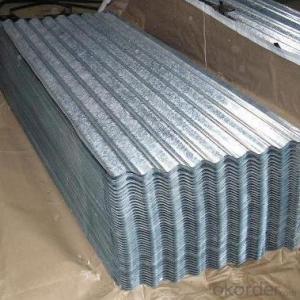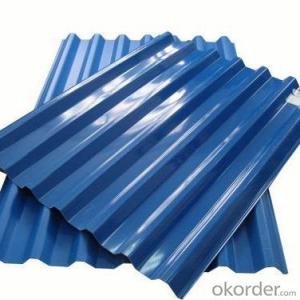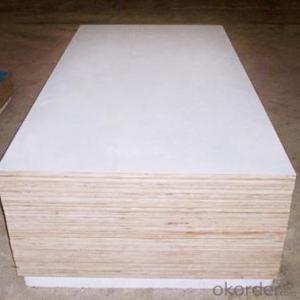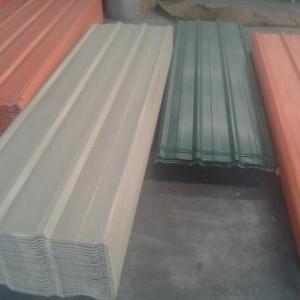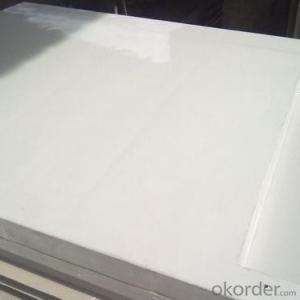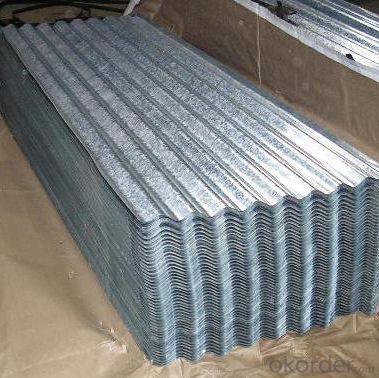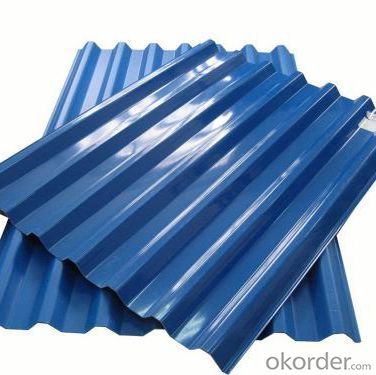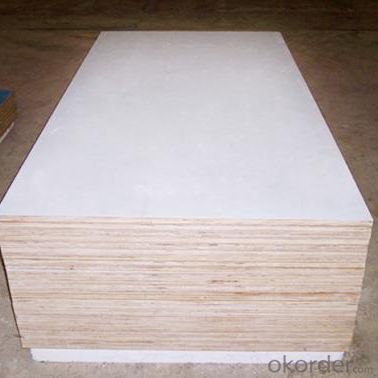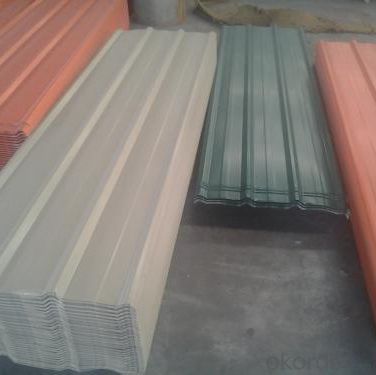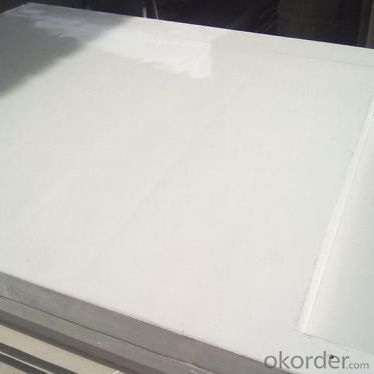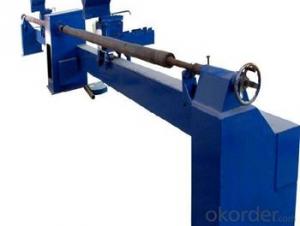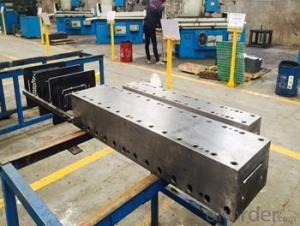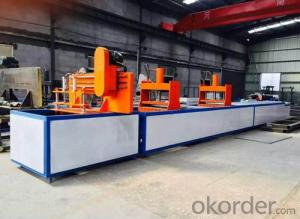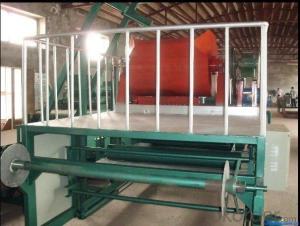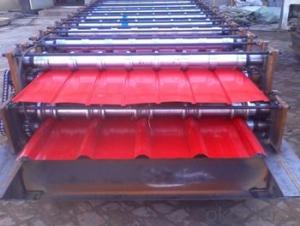FRP Pultrusion Profiles - Pultruded Gratings with Safe and Anti-Slip Features
- Loading Port:
- Tianjin
- Payment Terms:
- TT OR LC
- Min Order Qty:
- 20000 m.t.
- Supply Capability:
- 300000 m.t./month
OKorder Service Pledge
OKorder Financial Service
You Might Also Like
Specification
PRODUCT DESCRIPTION
Pultruded grating is made by a particular assembly process, which using “I” shape as its main load-bearing and special rod to go through the bearing bar. Pultruded grating include the standard grating and the custom grating, the custom grating can be designed to meet customer’s requirement or special using condition by changing the shape, size and space of the bearing bars, the surface can be covered with lozenge panel, grit panel, or added the anti-slippery sand directly.
FRP pultruded grating has the most characteristics of molded grating, but it has its distinct advantages, it has very high fiberglass content in the loading direction, so it has very high load capability, it has more superiority when used at wide span, so that the basic support will be decreased and the project cost will be reduced accordingly.
SPECIFICATION
Thickness (mm) | Bar width (mm) | Open space (mm) | Open rate (%) | Approx weight (kg/m |
25.4 | 15.2 | 22.8 | 60 | 13.2 |
25.4 | 15.2 | 15.2 | 50 | 15.9 |
25.4 | 15.2 | 10.1 | 40 | 18.5 |
25.4 | 40 | 10.8 | 21 | 14.5 |
38.1 | 15.2 | 22.8 | 60 | 15.8 |
38.1 | 15.2 | 15.2 | 50 | 19.1 |
38.1 | 15.2 | 10.1 | 40 | 22.4 |
50.8 | 25.4 | 25.4 | 50 | 16.6 |
50.8 | 25.4 | 12.7 | 33 | 21.1 |
CHOICE FOR PULTRUDED GRATING
Resin: GP resin, ISO resin, VE resin, Phenol resin
Color choice: Yellow, gray, green, custom color
Surface choice: Groove surface, grit surface, lozenge cover surface
FEATURES
a. Anti-corrosion and anti-rust
b. Light weight and high strength
c. Anti-flammable
d. Anti- fatigue
e. Safe and anti-slippery
f. Anti-ageing
g. Easy of maintenance
h. Excellent electromagnetism property
i. Good economic benefit
FIELDS SERVED
Sewage treatment,
water supply and drainage,
chemical industry,
oil industry,
power engineering,
pulp and paper,
construction engineering,
spinning, marine engineering.
APPLICATION
Operation terrace,
stair walkway,
ground floor,
trench cover,
sidewalk,
foot bridge,
equipment safety fence,
scaffold.
COMPANT DESCRIPTION
CNBM,China National Building Materials Group is a state-owned enterprise in charge of administrative affairs in china building materials industry. Established in 1984, CNBM is a large group corporation of building materials with total assets of 25 billion RMB and a total staff of 30,000.CNBM now owns 200 subordinating firms of solely owned and joint-venture companies.
CNBM International Corporation is one subsidiary of CNBM, we focus on offering good-quality products,professional service and complete solution to our customers. Strong delivery capacity, advanced technology& management, strong financing capability and excellent after-sale service are our advantages in sharing international market.
FAQ
1.Q:Are you factory or trading company ?
A:We are Factory produce FRP machines and FRP products.
2.Q:If can customized by customers requirements?
A:yes,we can produce the machine with customized size.
3.Q:How about the payment?
A:We accept any kind of payment.
4.Q:What is the guarantee?
A:Gurantee is one year.
5.Q:If you can training?
A:yes ,we can training in our factory also can send engineers to your factory training.
PICTURES
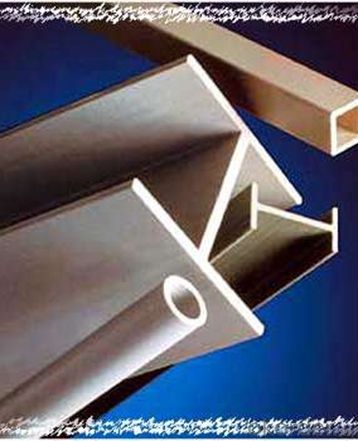
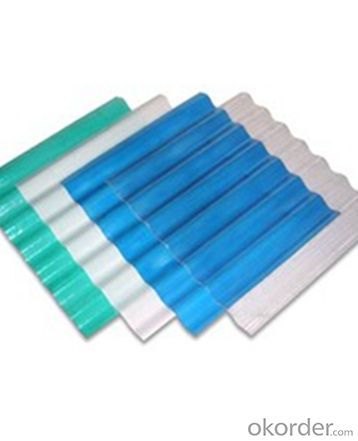
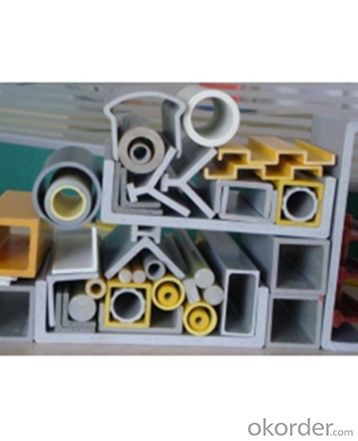
- Q: Can FRP pultrusion profiles be used in the construction of outdoor signage?
- Certainly, outdoor signage can utilize FRP pultrusion profiles. These profiles possess remarkable qualities, including durability, strength, and the ability to withstand different environmental conditions, rendering them ideal for outdoor use. Typically, these profiles consist of a combination of fiberglass reinforcement and resin matrix, resulting in a lightweight yet robust material. Outdoor signage often confronts harsh weather conditions, such as rain, sun exposure, and temperature fluctuations. FRP pultrusion profiles exhibit excellent resistance to corrosion, UV rays, and moisture, ensuring that the signage retains its structural integrity and visual appeal over time. Moreover, FRP pultrusion profiles offer customization options to fulfill specific design requirements, offering flexibility in creating distinctive and captivating outdoor signage. These profiles can be effortlessly shaped, cut, and assembled, making them a versatile choice for signage applications. In essence, the construction of outdoor signage can undoubtedly benefit from the use of FRP pultrusion profiles due to their durability, resistance to environmental conditions, and design flexibility.
- Q: Can FRP pultrusion profiles be used in agricultural structures?
- Yes, FRP pultrusion profiles can certainly be used in agricultural structures. They offer several advantages such as high strength-to-weight ratio, corrosion resistance, and durability, making them suitable for various applications in the agricultural industry. These profiles can be used in structures like greenhouse frames, livestock enclosures, support beams, fencing, and other agricultural infrastructure.
- Q: Are FRP pultrusion profiles resistant to mold and mildew?
- Yes, FRP (Fiber Reinforced Plastic) pultrusion profiles are generally resistant to mold and mildew. FRP is a composite material made of a polymer matrix reinforced with fibers, typically glass fibers. Unlike organic materials such as wood or traditional plastics, FRP does not provide a suitable environment for mold and mildew growth. The inherent properties of FRP, such as its non-porous nature and resistance to moisture absorption, make it highly resistant to mold and mildew. Additionally, FRP pultrusion profiles are often manufactured with a smooth and glossy surface, which further inhibits the growth of mold and mildew. Furthermore, FRP is chemically inert, meaning it does not react with most substances. This characteristic makes FRP profiles highly resistant to chemical attacks, including those that may promote the growth of mold and mildew. As a result, FRP pultrusions are commonly used in environments where moisture and humidity are present, such as bathrooms, swimming pools, and outdoor applications. However, it is important to note that while FRP is resistant to mold and mildew, it is not completely immune. In certain extreme conditions, where moisture levels are consistently high and proper maintenance is neglected, mold and mildew growth may still occur. Regular cleaning and maintenance are recommended to ensure the longevity and resistance of FRP pultrusion profiles to mold and mildew.
- Q: Can FRP pultrusion profiles be used in chemical storage tanks?
- Yes, FRP (Fiber Reinforced Polymer) pultrusion profiles can be used in chemical storage tanks. FRP pultrusion profiles are known for their excellent corrosion resistance, making them suitable for storing a wide range of chemicals. They are also lightweight, strong, and have a high strength-to-weight ratio, which makes them an ideal choice for constructing durable and long-lasting chemical storage tanks. Additionally, FRP pultrusion profiles can be customized to meet specific design requirements, allowing for flexibility in tank design and construction. Overall, FRP pultrusion profiles are a reliable and cost-effective option for chemical storage tanks due to their corrosion resistance, strength, and customization capabilities.
- Q: Can FRP pultrusion profiles be used in agricultural applications?
- Yes, FRP pultrusion profiles can be used in agricultural applications. These profiles offer several advantages such as high strength, corrosion resistance, and durability, making them suitable for various agricultural structures and equipment. They can be used for applications like greenhouse structures, livestock housing, irrigation systems, and fencing, among others. Additionally, FRP profiles are lightweight and easy to install, making them a cost-effective choice for agricultural applications.
- Q: Can FRP pultrusion profiles be used in water treatment plants?
- Yes, FRP pultrusion profiles can be used in water treatment plants. FRP (Fiber-Reinforced Polymer) is a corrosion-resistant material that is well-suited for water treatment applications. It is lightweight, durable, and has excellent chemical resistance properties, making it ideal for use in environments with exposure to water and various chemicals. Additionally, FRP pultrusion profiles offer design flexibility and can be customized to meet specific project requirements.
- Q: What are the limitations of FRP pultrusion profiles?
- Some limitations of FRP pultrusion profiles include limited design flexibility, susceptibility to UV degradation, potential for delamination or fiber breakage under high impact or bending loads, and difficulty in achieving complex geometries. Additionally, FRP pultrusion profiles may have higher initial costs compared to traditional materials, and the availability of large-scale production may be limited.
- Q: Can FRP pultrusion profiles be used in the production of electrical insulators?
- Yes, FRP (Fiber Reinforced Polymer) pultrusion profiles can be used in the production of electrical insulators. FRP pultrusion profiles are known for their excellent electrical insulation properties, making them suitable for a wide range of electrical applications. The high-strength and non-conductive nature of FRP materials make them ideal for insulating components in electrical systems, including insulators. FRP pultrusion profiles are made by impregnating continuous fibers, such as fiberglass, carbon fiber, or aramid, with a polymer resin, which is then cured and shaped using the pultrusion process. This results in a durable and lightweight material that offers excellent electrical insulation properties. Electrical insulators are used to prevent the flow of electric current between conductive materials or components. They are essential in electrical systems to maintain safety and prevent electrical leakage or short circuits. FRP pultrusion profiles can be designed and manufactured to meet the specific requirements of electrical insulators, including dimensional accuracy, mechanical strength, and electrical insulation performance. Additionally, FRP pultrusion profiles offer several advantages over traditional materials like wood, porcelain, or ceramics. They are corrosion-resistant, have a high strength-to-weight ratio, and can be easily customized to meet the specific needs of electrical insulator applications. FRP pultrusion profiles are also non-conductive, which is a crucial factor for electrical insulation. Overall, FRP pultrusion profiles are highly suitable for the production of electrical insulators due to their excellent electrical insulation properties, durability, lightweight, and customization options.
- Q: Are FRP pultrusion profiles resistant to humidity or moisture?
- Yes, FRP (Fiber Reinforced Polymer) pultrusion profiles are highly resistant to humidity and moisture. The combination of fiberglass reinforcement and a polymer resin matrix makes them inherently resistant to water absorption. Unlike traditional materials like wood or metal, FRP pultrusion profiles do not swell, warp, or corrode when exposed to moisture or high humidity levels. This resistance to moisture makes FRP pultrusions suitable for a wide range of applications in various industries, including construction, infrastructure, and marine environments. Additionally, FRP pultrusion profiles can be further enhanced with additional protective coatings or surface finishes to provide even greater resistance to moisture and humidity.
- Q: What are the mechanical properties of FRP pultrusion profiles?
- FRP pultrusion profiles have several desirable mechanical properties. They are known for their high strength-to-weight ratio, which makes them lightweight yet strong. Additionally, FRP pultrusion profiles exhibit excellent corrosion resistance, making them suitable for use in harsh environments. They also have good dimensional stability, meaning they do not easily warp or deform over time. Moreover, FRP pultrusion profiles have a high stiffness, providing structural integrity and minimizing deflection under load.
Send your message to us
FRP Pultrusion Profiles - Pultruded Gratings with Safe and Anti-Slip Features
- Loading Port:
- Tianjin
- Payment Terms:
- TT OR LC
- Min Order Qty:
- 20000 m.t.
- Supply Capability:
- 300000 m.t./month
OKorder Service Pledge
OKorder Financial Service
Similar products
Hot products
Hot Searches
Related keywords
